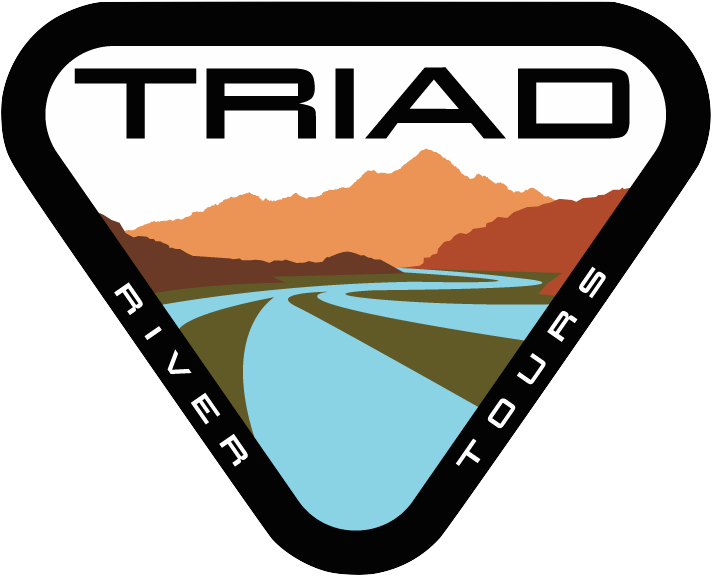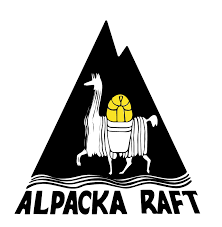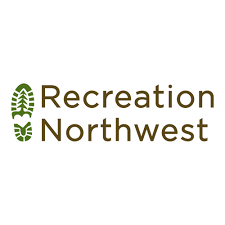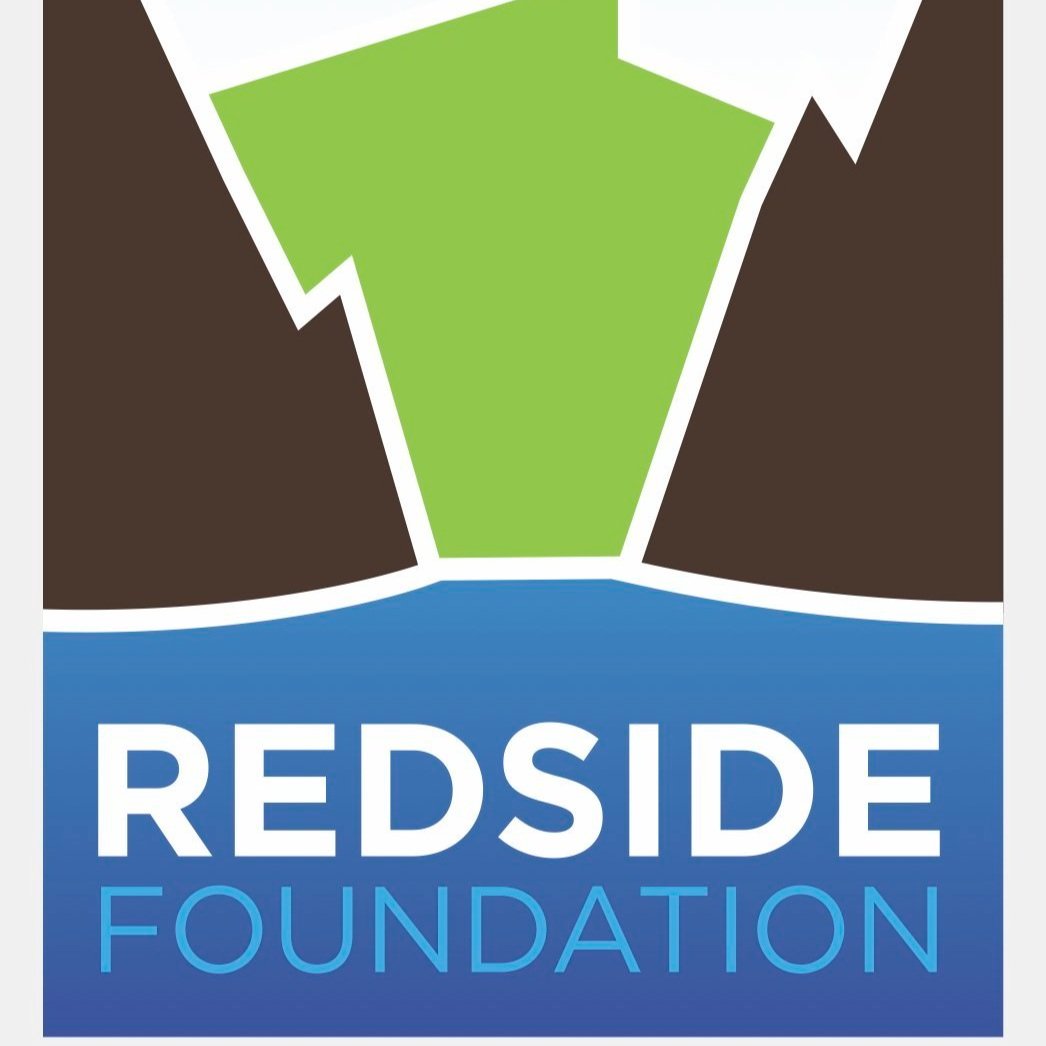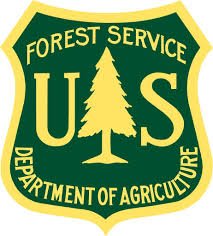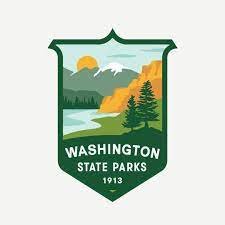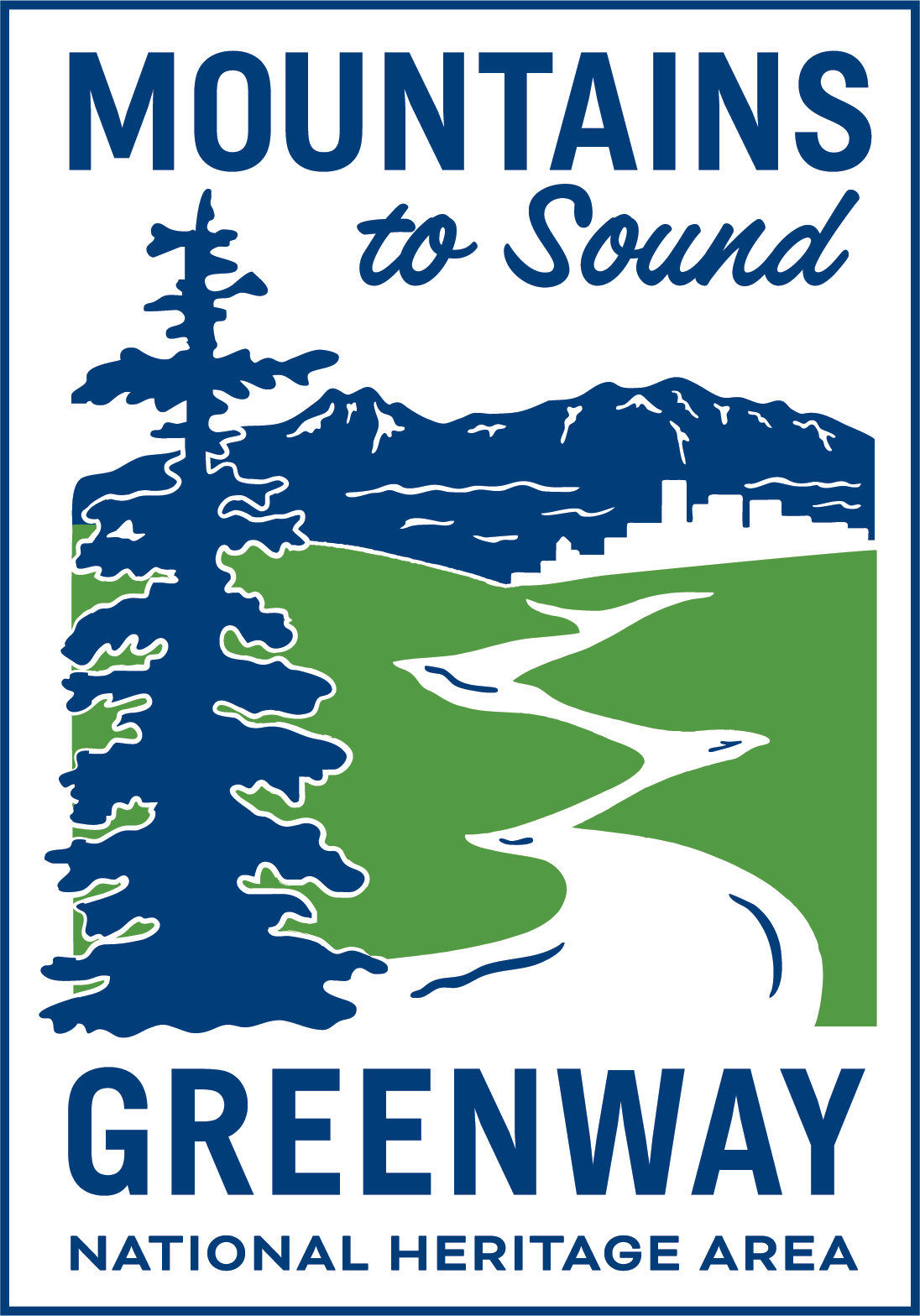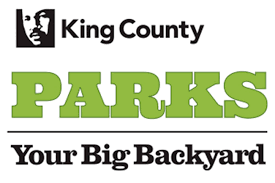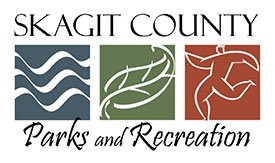The Nooksack River is worn out.
When rafting on the Nooksack, visitors are introduced to uninhibited scenery of Northwestern Washington. The white caps of the water curl upwards to warn untrained excursionists, and the heavy branches of a fir tree droop down to greet wildlife teeming on the floors of underbrush. The Nooksack hasn’t always been so uninhibited, though.
Until last July, the Nooksack River’s diversion dam was a jolting decoration in the river, interrupting the rawness the area otherwise endorsed. The Nooksack River watershed covers 830 square miles of land, consisting of over 1,000 miles of rivers and streams. Lush forests loom above the curves of the rapids. At the middlefork of the Nooksack, a 25 foot tall dam perched between the banks supporting the man-made structure.
Western Washington depends on the immense river to nurture plant and animal life as well as the livelihood of humans. Survival is hinged on the health of the Nooksack so much so that the river is approaching exhausting all of its resources. One of the most intense utilizations of the Nooksack was the large middle fork dam because of its effect on water levels and its dictation on where and how animal life could present itself. Logging, farming, and levees have whittled the fertile river down to the bone. The Nooksack is literally being loved (or used) to death.
The Nooksack was given another chance to foster the land the way it once did in July of 2020. A demolition project was incited to remove the dam which would allow the river to heal.
The Nooksack dam was built in the late 1950s without any fish ladder or means for the trout and salmon to surpass the structure. As a result of this blockage, fish wouldn’t have access to essential habitats being obstructed by the dam for spawning and survival. The Nooksack is special in that it houses five different species of salmon and two significant species of trout. The Chinook salmon is an essential food source for Southern Resident killer whales, a species that’s suffering from endangerment in the Puget Sound Region. Consequently, the killer whales have changed their migration patterns to compensate for the lower salmon population.
Removal of the middle fork dam would increase the populations of Chinook salmon by 30%, providing a more stable food source for the killer whales in the Salish Sea. It would also allow for the thriving of other species of salmon and trout because it would open up 16 miles of the river for fish to spawn.
The damming of rivers in Washington has led to salmon territory being cut in half. Salmon can no longer swim upstream with the same force as they used to, which in turn halts their lifespan blueprints. Adult salmon journey back to the same river they were born in. It’s ingrained in salmon’s DNA and as instinctual as finding food when they’re hungry.
The Lummi Nation and Nooksack Indian tribes partnered with the Endangered Species Act to propel the project of taking down the Nooksack River’s Middle Fork Dam.
Surrounding tribes including the Lummi Nation and Nooksack Indian tribes depend heavily on the flow of the Nooksack. The water of the rapids attract and cultivate diverse species of animals and fruitful foraging foods. Most importantly, the Nooksack River attracts salmon. The fish that run the river are the subject of spirituality for surrounding tribes.
The damming of a river means much more than the harnessing of a powerful natural feature to an Indigenous person, it’s the caging of the river and the denial of a sacred symbol. After 60 years of operation, the dam has been demolished and the river was reclaimed by the Lummi Nation and Nooksack Indian tribes.
Washington State leads the US in dam elimination. Two dam removals on the Elwha River preceded the Nooksack removal and set a precedent for the rest of Washington rivers. Salmon populations began to bloom after the Elwha was removed and scientists have hopes that the same is soon to come for the Nooksack.
Sources:
https://cob.org/services/environment/restoration/middlefork/middle-fork-background
